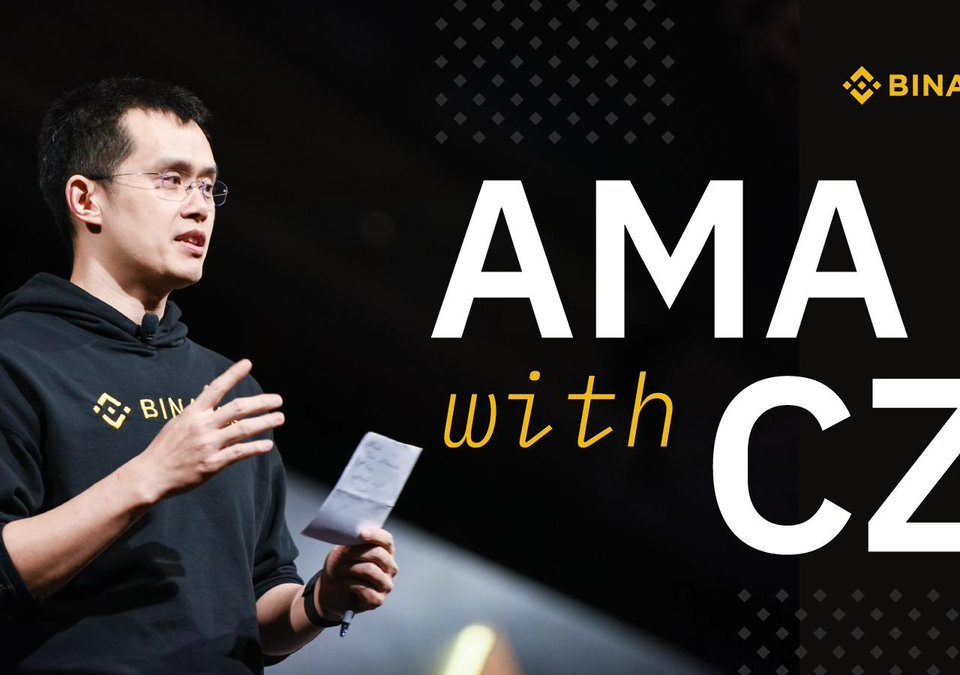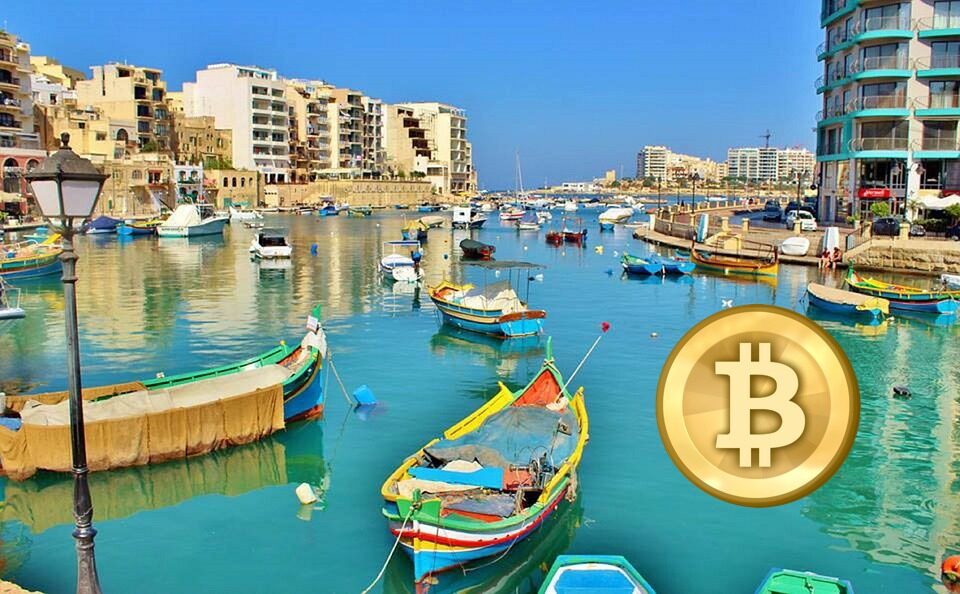What does the future hold for Ethereum?

Why IEOs could be the new ICOs
November 24, 2017
Will Bitcoin reach $100,000 a coin?
April 10, 2019Remember Ethereum?
It arrived with huge fanfare in 2015, both a blockchain platform and a programming language, hailed as an open source ‘World Computer’ with its own dual-purpose cryptocurrency attached. Since then it’s certainly lived up to some of the promise – becoming the largest blockchain platform running thousands of DApps and tokens. But the next phase of evolution is unclear.
Popularity has come at a price. In 2017 a single DApp called CryptoKitties reached peak user volume and flooded the network with transactions, grinding them to a near halt while rapidly inflating their price. Ethereum’s blockchain is huge – exceeding 130 GB – and upstart platforms like Tron are chipping away at its user base with faster transactions and lower fees.
So with competitors nipping at its heels and teetering under its own weight, can Ethereum maintain pole position?
Ethereum developers have been toiling away on spot fixes for the past two years, while the Constantinople upgrade, launched in February this year, represents arguably the biggest technical leap forward since launch. It promises to make Ethereum closer more scalable and secure. More updates are on the horizon.
But as things stabilise on the technical front, politics threaten to derail further progress. Tensions have erupted within the Ethereum community over some of the new updates. One top developer has declared Ethereum governance a failure, while another leading light has quit the community for good.
If the Ethereum core team and the wider community move beyond in-fighting and clarify governance, they will still have these technological challenges to grapple with.
Reduce the load on the blockchain
Ethereum says it has an answer to the issue of transaction load. Called Plasma, it enables payments to be made securely but without broadcasting to the main network when a transaction is made. The parties will send transactions back and forth and then close them offline, only uploading the final balance to the Ethereum blockchain.
Plasma works differently from Bitcoin’s similar Lightning Network. Instead of having a separate network running on separate nodes, Plasma uses smart contracts to create what it calls “child-chains,” which operate semi-independently from the main blockchain.
When Plasma goes live it will move many transactions off the main Ethereum network. And user adoption takes off it could stop the Ethereum blockchain from further bloating and allow a higher volume of payments at faster speeds.
Make transactions faster
Because it’s the backbone for thousands of other blockchain-based tokens and DApps, Ethereum has to store a massive amount of data. It also produces blocks at a faster rate than Bitcoin, meaning its blockchain fills up more rapidly.
A process called sharding offers a potential solution. By breaking the blockchain into smaller segments called shards, different mining groups can process different sections of the network. As a result, each miner needs to store a smaller amount of data. Sharding also promises to boost the number of transactions the network can process at any point in time. For example, Ethereum is currently managing between 7-15 transactions per second. With 100 shards, it could arguably process 10,000 transactions per second.
Embrace the new consensus mechanism
Another move that could help Ethereum hold onto the top spot its planned hard fork away from the proof-of-work consensus mechanism – where miners solve computational puzzles to mine new blocks – to proof-of-stake, which rewards users randomly with blocks in return for “staking” a subset of their Ether.
If Ethereum can roll out the new algorithm, proof-of-stake could enable a distributed consensus mechanism that uses fewer resources – effectively ending the need for Ethereum mining. However, there are concerns that proof-of-stake might not work on Ethereum since it needs to be reverse-engineered into he platform. Cryptocurrencies like NEO, for example, have used proof of stake from day one.
Fundamentally changing how the world’s largest blockchain operates will require a clear consensus among the community.
A new hard drive for Ethereum’s ‘computer’
The Ethereum Virtual Machine is the decentralized platform’s processing core for transactions – a vital organ in the blockchain body but there are plans to replace it with a new system called ewasm, a version of the WebAssembly (wasm) environment for online applications that is already used by major web browsers including Firefox and Chrome.
With ewasm, developers should be able to code Ethereum-based applications using standardised programming languages like Java, potentially opening Ethereum up to a wider developer community and further innovation around use-cases.
Fees for storage
As an alternative solution to its blockchain bloating problem, founder Vitalik Buterin has proposed charging a fee for storage on the Ethereum network — similar to EOS’s fee structure for RAM usage and which Buterin calls “state rent.”
Alongside bigger developments like sharding and proof-of-stake, state rent could be a short-term fix for the burgeoning size of the blockchain. Or it could end up being an essential piece of the system creating a built-in incentive for developers to keep their blockchain footprints light.
Taken together Ethereum’s development roadmap is full to the brim, with a long way to travel in each category in order to progress. Ethereum may keep the title of world’s biggest blockchain, but in order to lead the pack it will ahev to overcome big technical challenges, internal politics, while fending off a hungry and innovative group of competitors.









